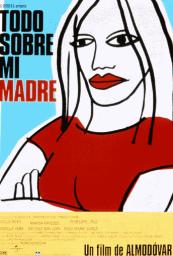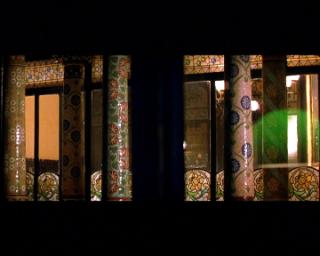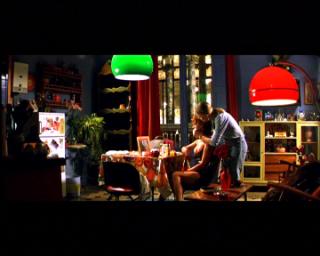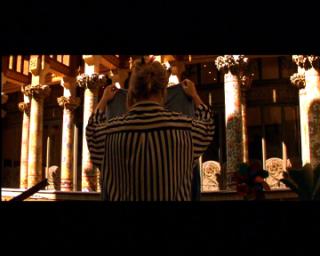/ Inici / Atractius / Palau de la Música CatalanaVersió per a imprimir
Palau de la Música Catalana
.jpg.medium.jpg) .jpg.medium.jpg) .JPG.medium.jpg) .JPG.medium.jpg)
|

|
Informació Històrica del lloc
Realitzat a partir del projecte de Lluís Domènech i Montaner entre 1905 i 1908, aquest edifici singular va constituir l’obra cabdal del Modernisme català i el símbol de la Renaixença de la cultura catalana. El Palau encarregat per l’Orfeó Català, institució coral fundada pel mestre Lluís Millet, s’alça en el solar de l’antic convent de Sant Francesc de Paula. L’edifici s’estructura al voltant de la sala de concerts de planta oval, planta baixa i dos pisos. El cos principal es sustenta en columnes que configuren uns grans arcs d’accés. Una balconada amb columnes revestides de mosaics envolta les dues façanes amb un interessant grup escultòric de Miquel Blay a la cantonada que simbolitza la cançó popular. Al segon pis hi havia fanals que s’han perdut, però queden els busts dels músics Palestrina, Bach, Beethoven i Wagner, obra d’Eusebi Arnau. A l’interior, la sala de concerts és una embriagadora successió d’escultures, vidrieres policromades, mosaics i elements decoratius que juguen, constantment, amb la percepció de la llum i el color. La imatge més famosa de la sala és la enorme i espectacular claraboia de vidre acolorit amb forma de campana invertida, d’una tona de pes. L’escenari de la sala és, sens dubte, l’escultura més espectacular del Palau. Dissenyat per Domènech i Montaner, però elaborat per Pau Gargallo, mostra tota la bellesa i esplendor del modernisme català.
L’ampliació realitzada el 2003 per Oscar Tusquets ha permès deixar a la vista la immensa vidriera original de Domènech que quedava amagada per la presència de l’església de l’antic convent.
L’ampliació realitzada el 2003 per Oscar Tusquets ha permès deixar a la vista la immensa vidriera original de Domènech que quedava amagada per la presència de l’església de l’antic convent.
Per conèixer millor la zona
El barri de Sant Pere es va anar configurant a partir del moment en què Barcelona necessità expandir el seu territori fora del recinte romà. Des del segle XI, el nou teixit urbà s’aniria definint a l’entorn del monestir de Sant Pere de les Puelles, que exercia un domini feudal sobre les terres que l’envoltaven, i al llarg del Rec Comtal, que afavoria l’activitat industrial tèxtil tradicional del barri. Els seus carrers estrets i tortuosos, articulats per les vies de Sant Pere més Alt i més Baix, mantenen inalterada la seva estructura original, tot i que la major part de les edificacions van ser refetes durant els segles XVIII i XIX. El conjunt té un enorme interès des del punt de vista històric, urbanístic i arquitectònic.
|
Descripció escenes
Todo sobre mi madre
  
Palau de la Música Catalana: Pedro Almodóvar situa el pis de l’Agrado (Antonia San Juan) davant de la façana principal del Palau de la Música Catalana. Des d’aquest, es pot gaudir d’unes esplèndides vistes de l’edifici modernista.
1.Manuela i Agrado estan al menjador del pis, des d’on es pot veure la façana principal del Palau. 2.Preciós pla de la Manuela d’esquena, estenent la roba al balcó del pis amb les columnes modernistes del Palau al fons. 3.Manuela i Agrado caminen agafades del braç amb el Palau al fons. |
Sabies que...
El pis que es va utilitzar com domicili de l’Agrado amb les magnífiques vistes del Palau de la Música és real. Està a la primera planta d’un edifici just davant del Palau i les imatges que surten a la pel•lícula són les que es veuen des del pis. Almodóvar, va comentar que li semblava increïble que es pogués llogar un pis com aquest per 40.000 pessetes al mes (any 1998).
|
La Barcelona de Pedro Almodóvar
/
Palau de la Música Catalana

